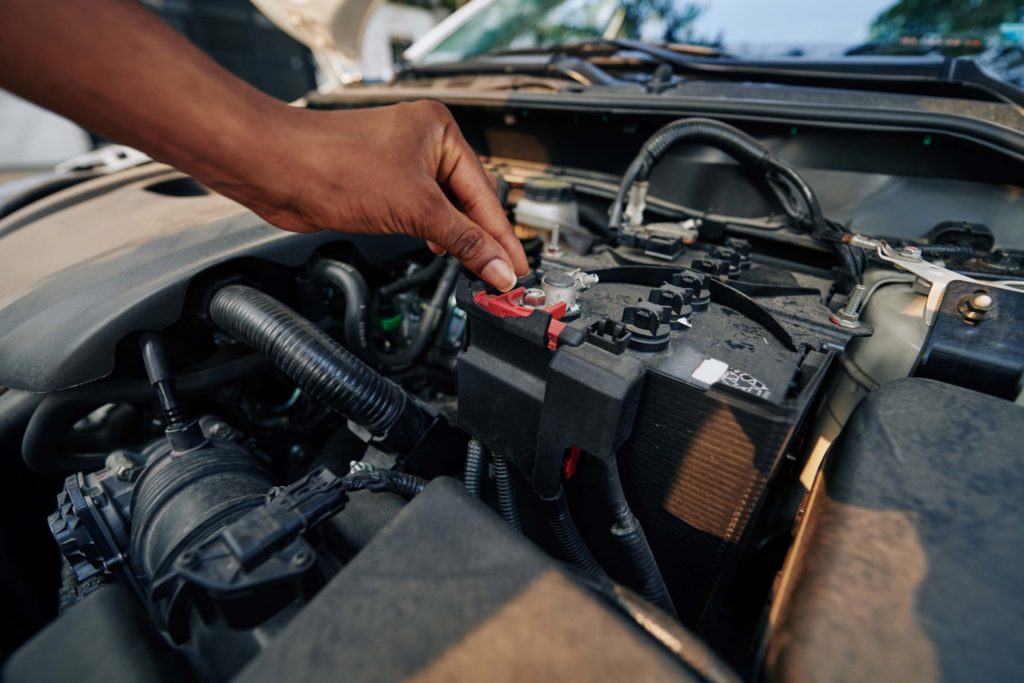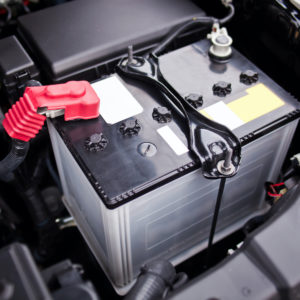Your car battery is the heart of your ride’s electrical system. It supplies voltage to anything electrical in your vehicle. A battery gauge—also referred to as the voltage gauge—is a tool designed to measure your battery’s voltage. You may identify this gauge by looking for the battery symbol. Know more about it by reading this article.
How to Read a Battery Gauge on a Car
Some vehicles use voltmeters that measure system voltage, while others have ammeters that measure amperage to check their charging systems.

Voltmeter
Most modern vehicles use a voltmeter. The electrical system of a modern car runs on 12 volts. When the engine is off, a fully charged battery will measure roughly 12.5 volts. The voltmeter should read between 14 and 14.5 volts when the engine is running and should remain there unless there is a significant demand on the electrical system, such as wipers, lights, the heater, and more.
When the charging system is functioning properly, the battery will be recharged as soon as the gas pedal is depressed. Have the system inspected if the voltage is consistently below 14 volts.

Ammeter
The ammeter should read close to zero when the battery is completely charged and there is little electrical demand, but it should always be on the plus side of zero. After starting, it’s typical for the ammeter to read a high positive amperage in order to recharge the battery. Nevertheless, this positive amperage should soon begin to decline. If the lights, wipers, and other electrical equipment are switched off but the gauge still reads more than 10 or 20 amps, you may have a weak battery and should have it inspected.
What Is a Key-Off Battery Drain?

Wondering why your car battery is drained? Your vehicle might be experiencing a parasitic battery drain or Key-off battery drain. There’s a high probability that this is the problem if your battery is under six years old, tests well, and the charging system is functioning normally.
Leaving automotive lights (trunk and hood lights, interior lights, brake lights, etc.) on can drain your car battery. Relays that could be stuck on or modules that aren’t going to sleep or powering down are all potential causes of excessive current depletion from a car battery. Anti-theft and keyless entry systems are frequently the cause of a considerable key-off current drain on the battery.
Why Is the Health of Your Car Battery Important?
Aside from providing electricity to most components in your vehicle, your battery also acts as a voltage stabilizer. It acts as a reservoir because it can store large amounts of current. This current can be quickly removed during start-up and replaced slowly by the alternator when charging.
Any information provided on this Website is for informational purposes only and is not intended to replace consultation with a professional mechanic. The accuracy and timeliness of the information may change from the time of publication.






























